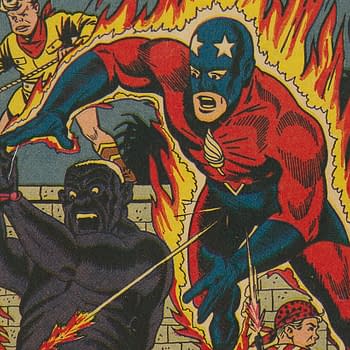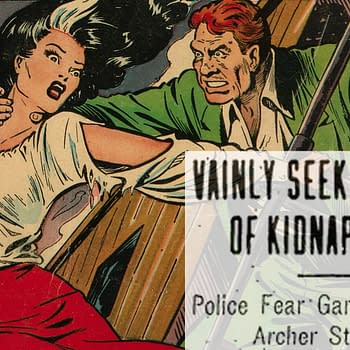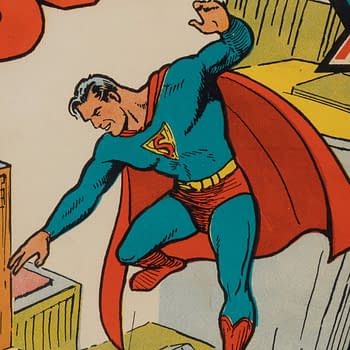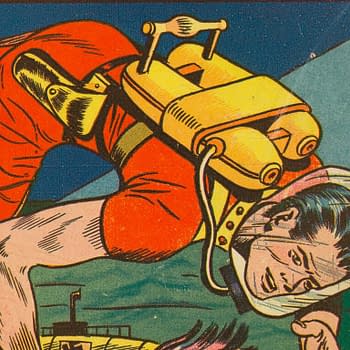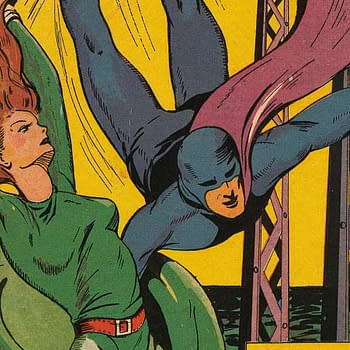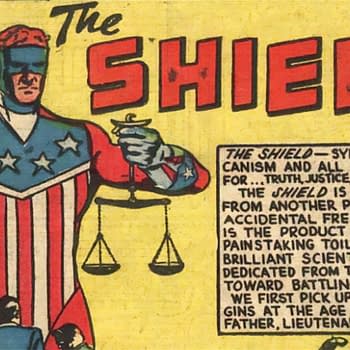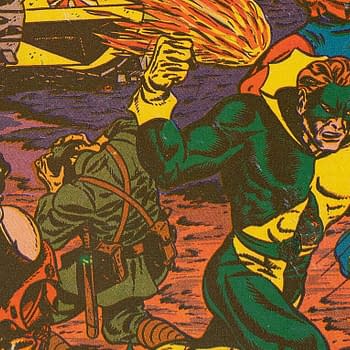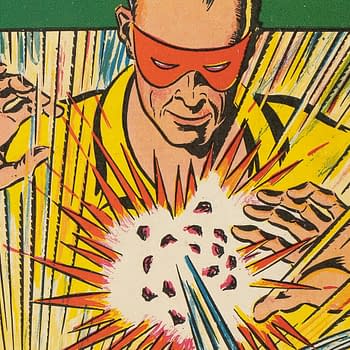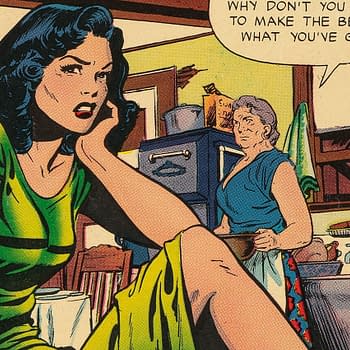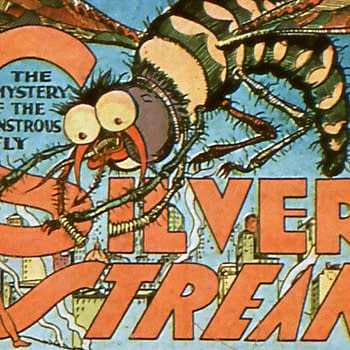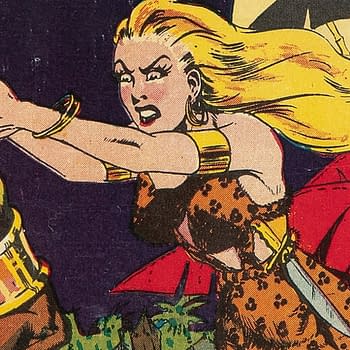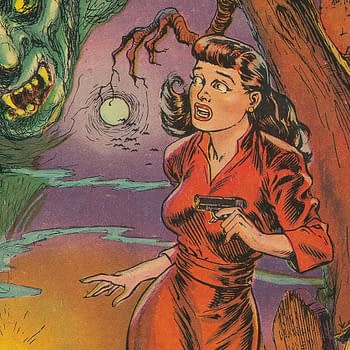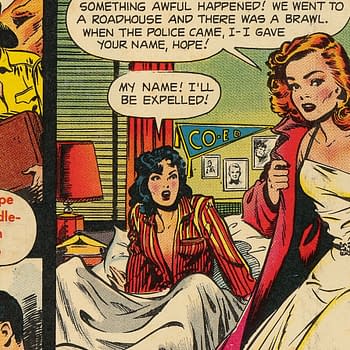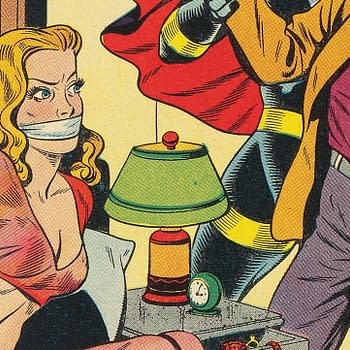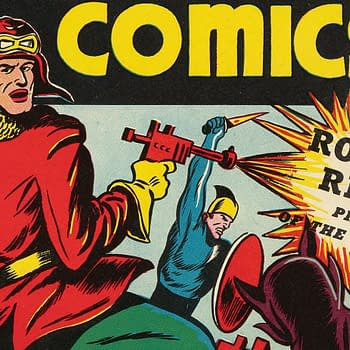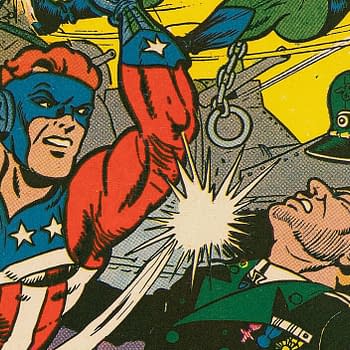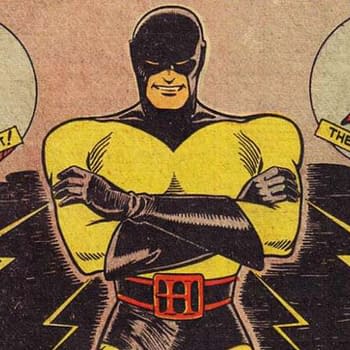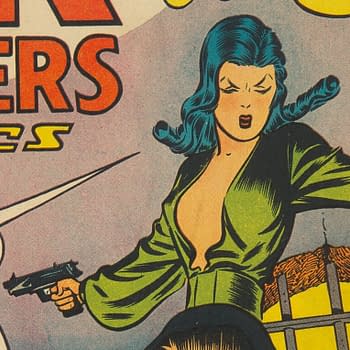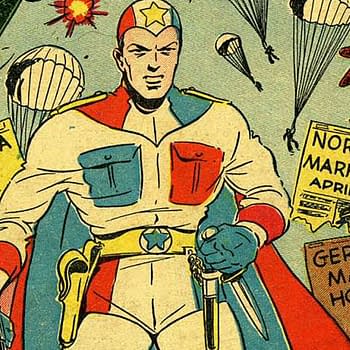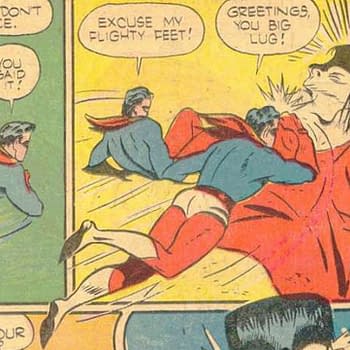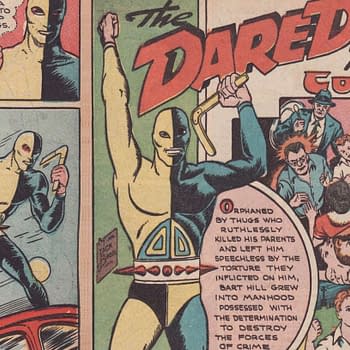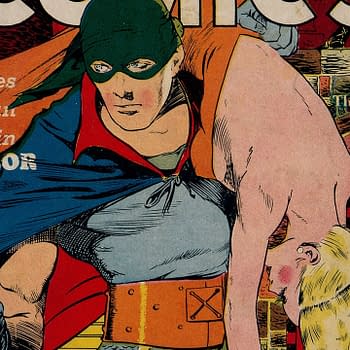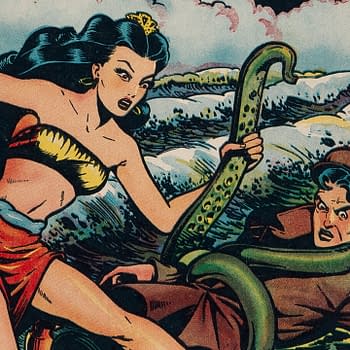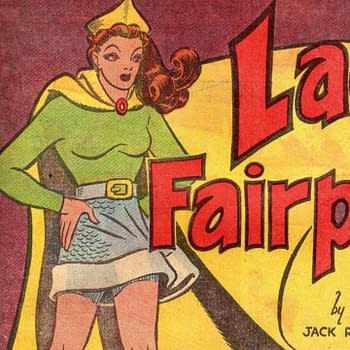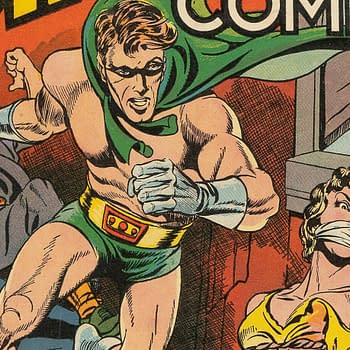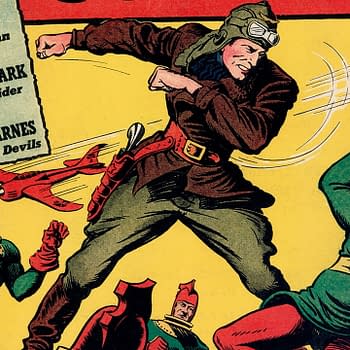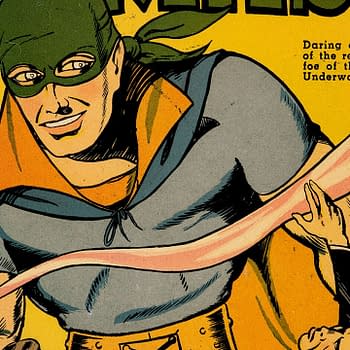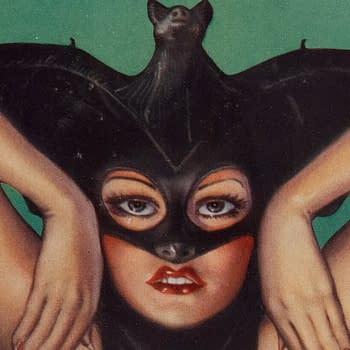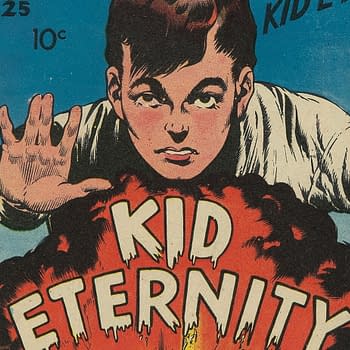Alex Schomburg created covers for several flame-based characters, and his Red Blazer cover on All-New Comics #8 is highly sought after.
Mark Seifert Archives
Co-founder and Creative director of Bleeding Cool parent company Avatar Press since 1996. Bleeding Cool Managing Editor, tech and data wrangler, and has been with Bleeding Cool since its 2009 beginnings. Wrote extensively about the comic book industry for Wizard Magazine 1992-1996. At Avatar Press, has helped publish works by Alan Moore, George R.R. Martin, Garth Ennis, and others. Vintage paper collector, advisor to the Overstreet Price Guide Update 1991-1995.
Was comic publisher Archer St. John's approach to Authentic Police Cases influenced by his 1925 abduction by notorious gangster Al Capone?
The highest graded copy of Superman #1 CGC 9.0 has just sold for $9,120,000, the highest price ever paid for a comic book.
All-New Comics #4 (Harvey, 1943) contains a science fiction story "Poison in the Universe" based on real WWII history.
Found in a Northern California attic, the highest graded CGC 9.0 copy of Superman #1 should contend for the record of highest price ever paid for a comic book.
Many comics of this period were inspired by exhibits from the NY World's Fair, but Amazing Adventure Funnies #1 was inspired by the Fair's inner workings.
The investigation of a Congressional Committee goes horribly wrong in 1940's Shield-Wizard Comics #2 from MLJ by Irv Novick and Harry Shorten
Zip Comics #34 has stories that reflects three different theaters of operation of World War II, plus a backup story by 16 year old Joe Kubert.
Keen Detective Funnies V2#7 is the rare first appearance of Centaur's the Masked Marvel by Ben Thompson, in a saga inspired by Nikola Tesla.
The cover story of True Love Pictorial #5 by Matt Baker and Dana Dutch is a tale of a young woman's dreams of becoming a model, taking a turn.
Before Plastic Man, Jack Cole brought his unrestrained energy to the flying speedster Silver Streak beginning in Silver Streak Comics #3.
Sheena became the regular cover feature of Jumbo Comics beginning in issue #17, and would stay on the title's covers for the next 143 issues.
Ghost Comics #1 features a cover by the underappreciated Maurice Whitman, who defined the look of Fiction House in the 1950s era.
The Matt Baker cover of Dairy Secrets #15 represents a romance comic filtered through both moral panic and government espionage.
Inside a cover by the legendary Alex Schomburg, The Black Terror #24 also features work by Frank Frazetta, Jerry Robinson and Mort Meskin.
Rocket Comics #3 may be the rarest comic book from Hillman, the result of the publisher's first forray into comics with its business in flux.
Known for its Bob Montana cover and an early Archie appearance also by Montana in this issue, Pep Comics #32 is a classic example of the comics of its era.
The saga of the Black Hood during the WW2 era and beyond makes the character a historically unique part of the Golden Age.
In her debut appearance in Air Fighters Comics, Valkyrie was persuaded by Airboy to switch sides and join the Allies during WWII.
Bill Everett's The Conqueror debuted in Victory Comics from Hillman Periodicals as a superhero transformed by cosmic rays.
Dick Briefer put his Frankenstein monster through its paces in the Prize Comics run, including the Prize superheroes vs the monster.
Silver Streak Comics #6 introduced a character who would have an important impact on Golden Age comics and beyond with Daredevil.
Mystery Men Comics #3 is best known for its Lou Fine cover, but what does it have to do with William Peter Blatty of The Exorcist fame?
Matt Baker's first South Sea Girl cover for Seven Seas Comics #3 would lead to work on Phantom Lady, Rulah and beyond.
Bang-Up Comics #1's Lady Fairplay, had "unlimited energetic powers" making her "goddess of chastisement and dreaded foe of the underworld."
The legendary team of Joe Simon and Jack Kirby collaborated on comic book covers for the first time on 1940 issues of Champion Comics.
One of Hillman's debut comic book titles, Rocket Comics featured Rocket Riley, a character influenced by Buck Rogers and Flash Gordon.
The Green Mask who debuted in 1940s Green Mask #1 was a complete reboot of the character whose previous existance had been a mystery indeed.
Historic, high grade rarities from Dr. Richard Meli's legendary collection hit auction Dec. 4-6 in the debut Heritage Pulp Signature Auction.
Kid Eternity's 1942 origin moment in Hit Comics #25 was a direct reaction to German U-boat attacks on merchant shipping along the East Coast that year.



